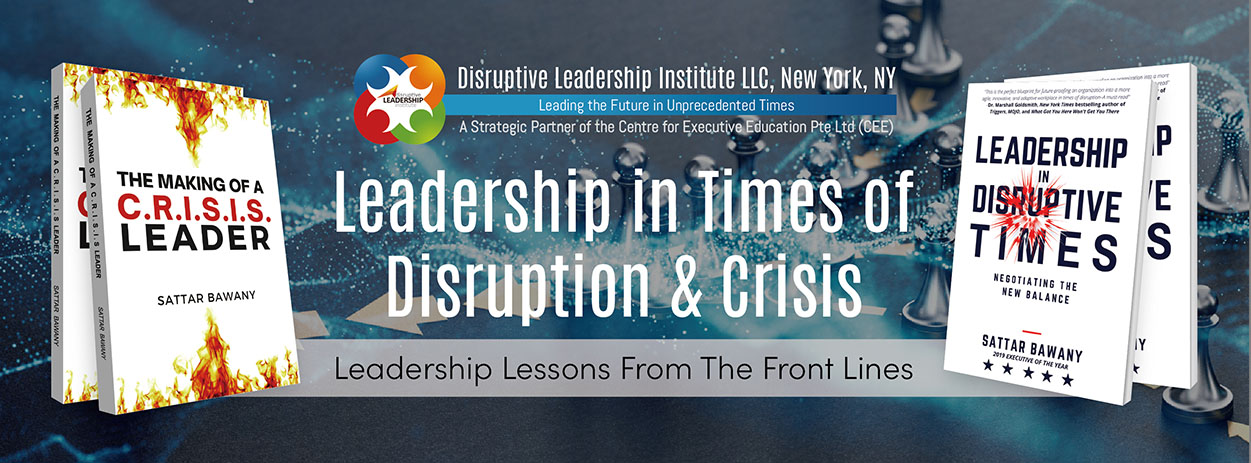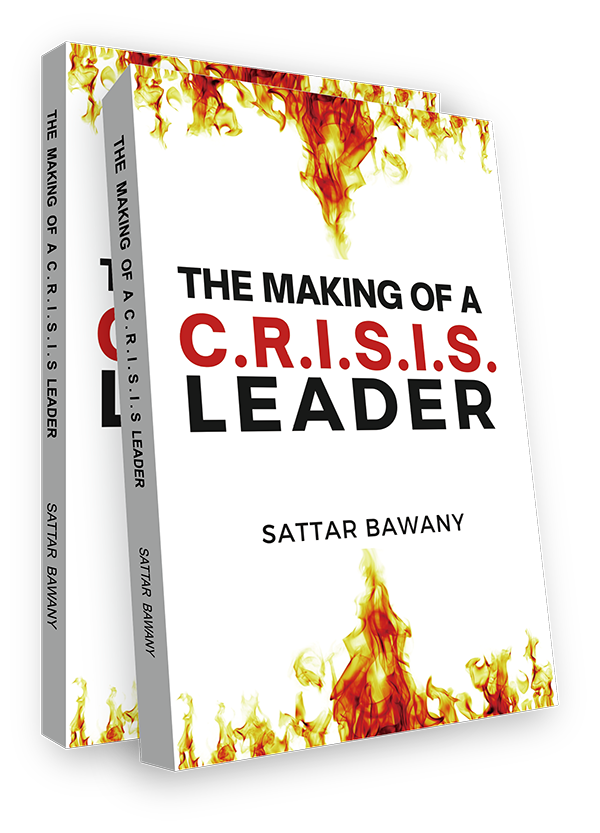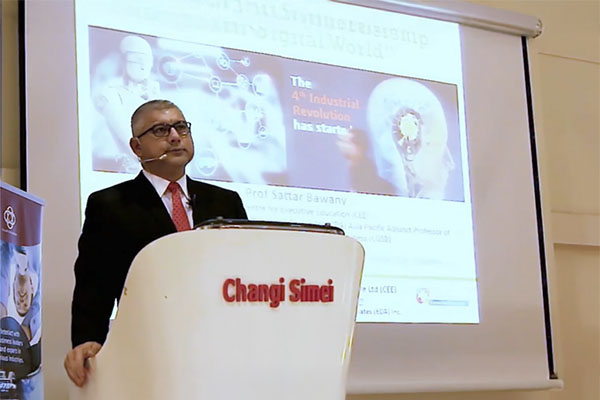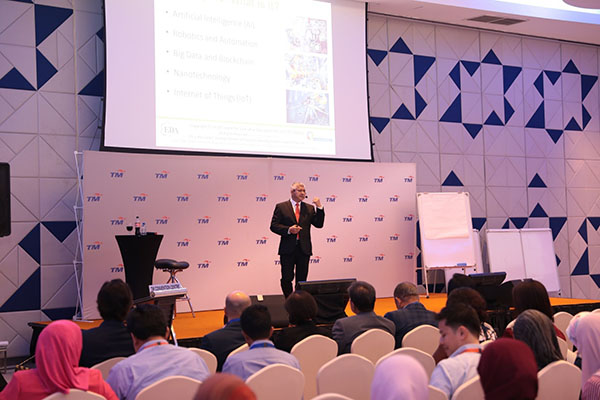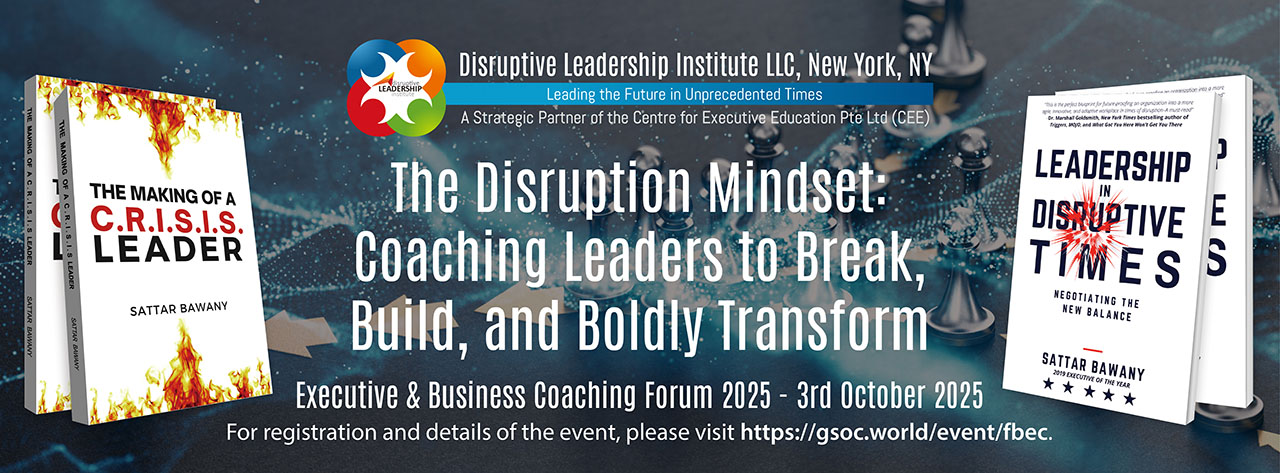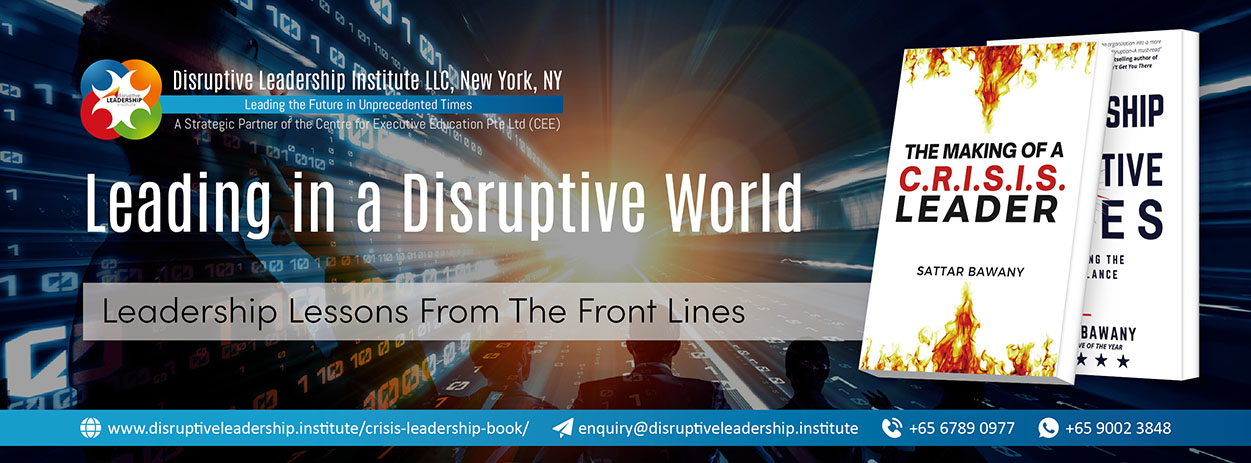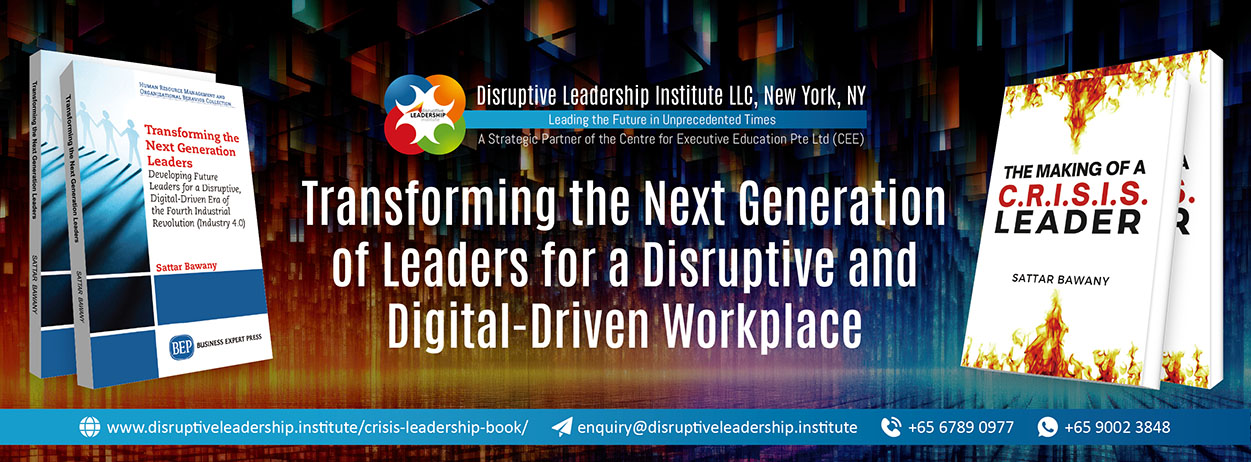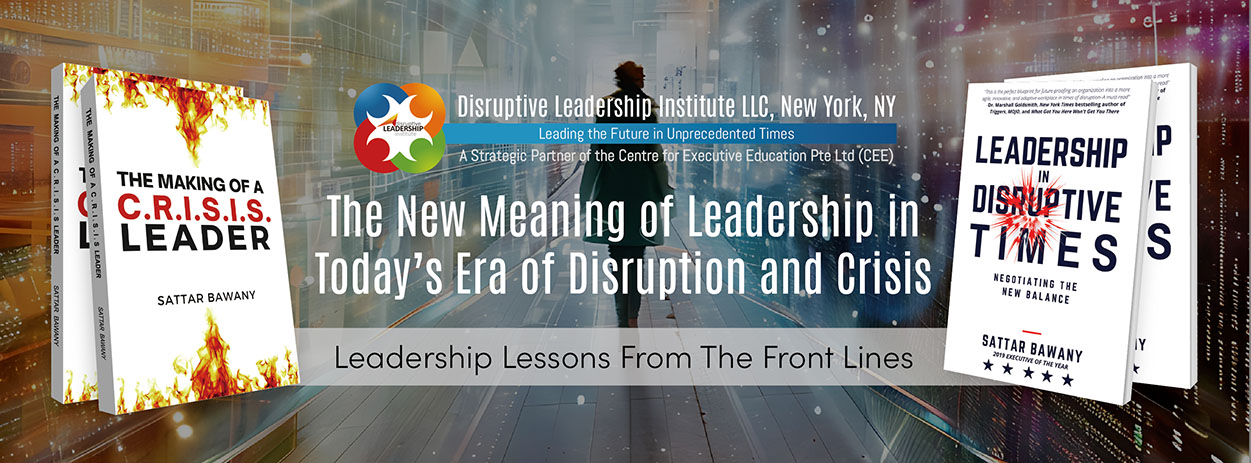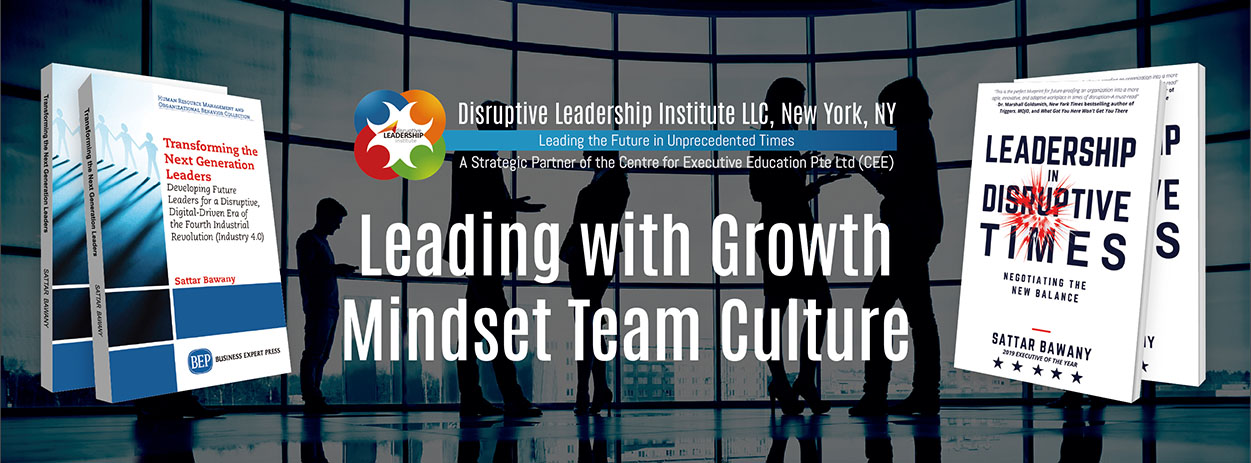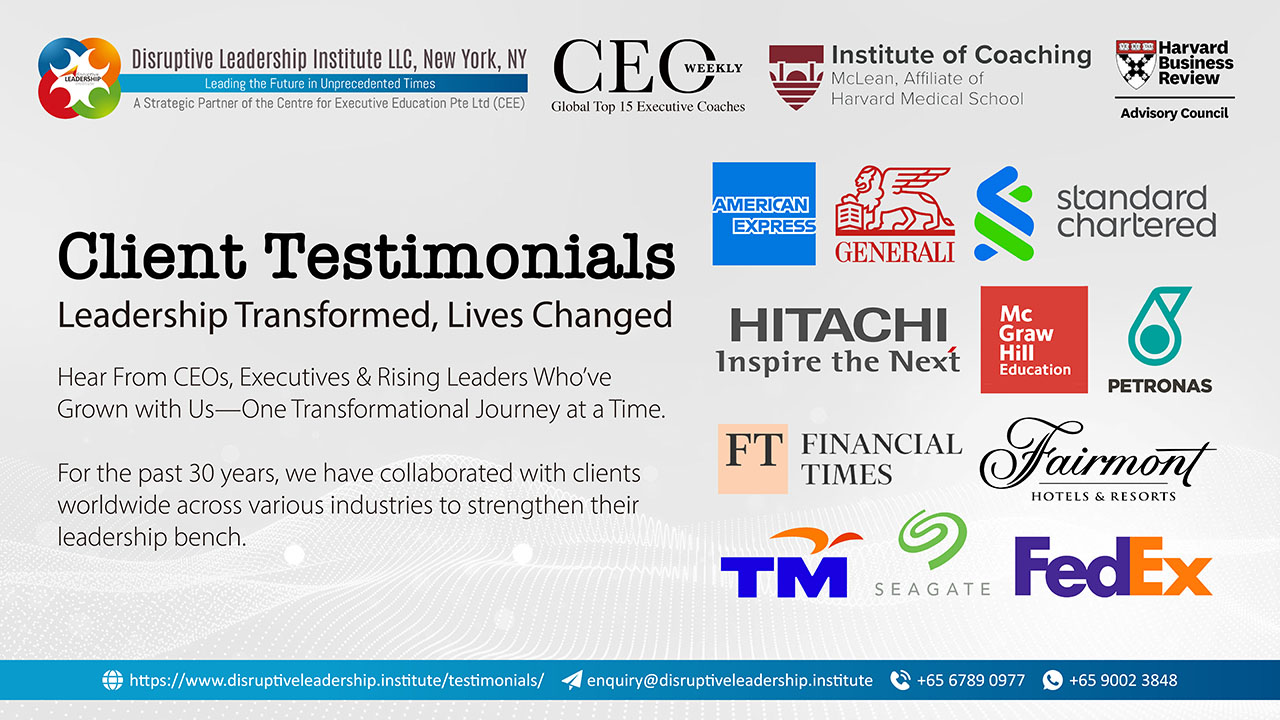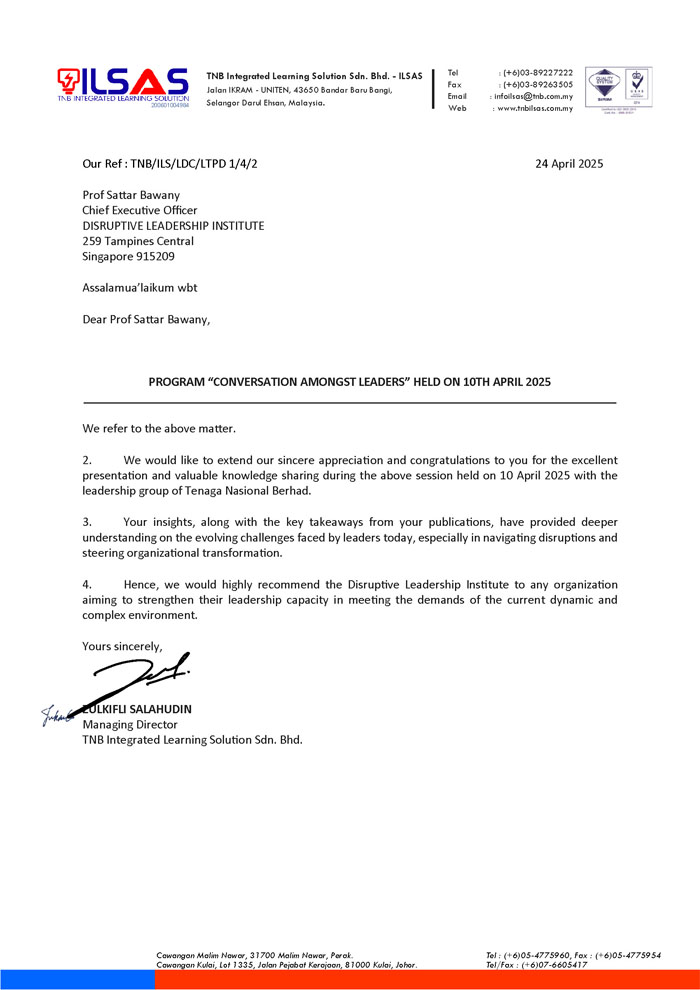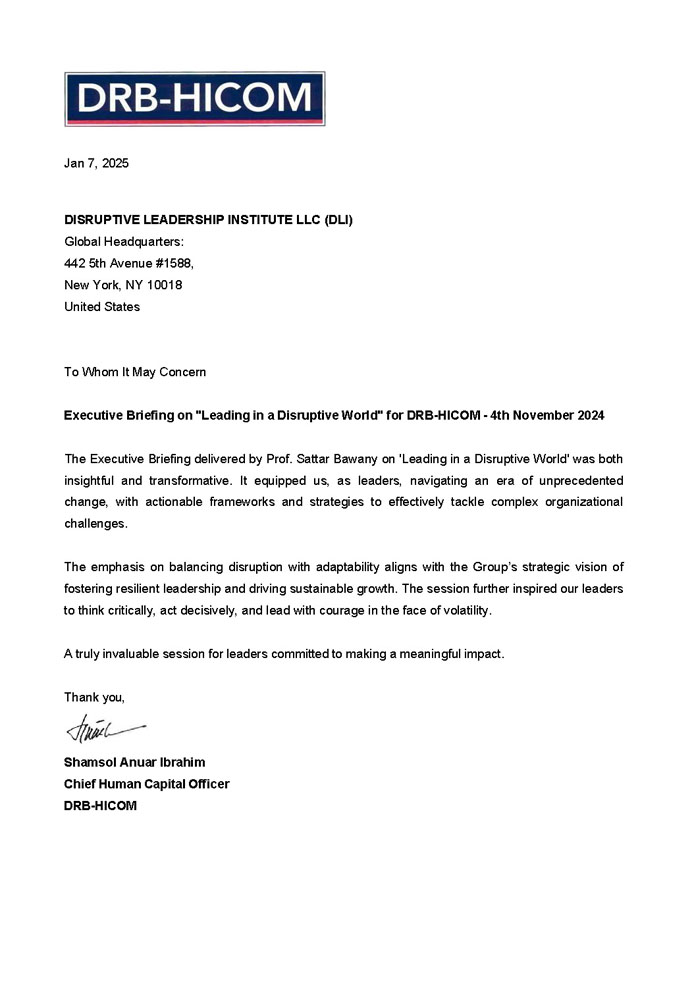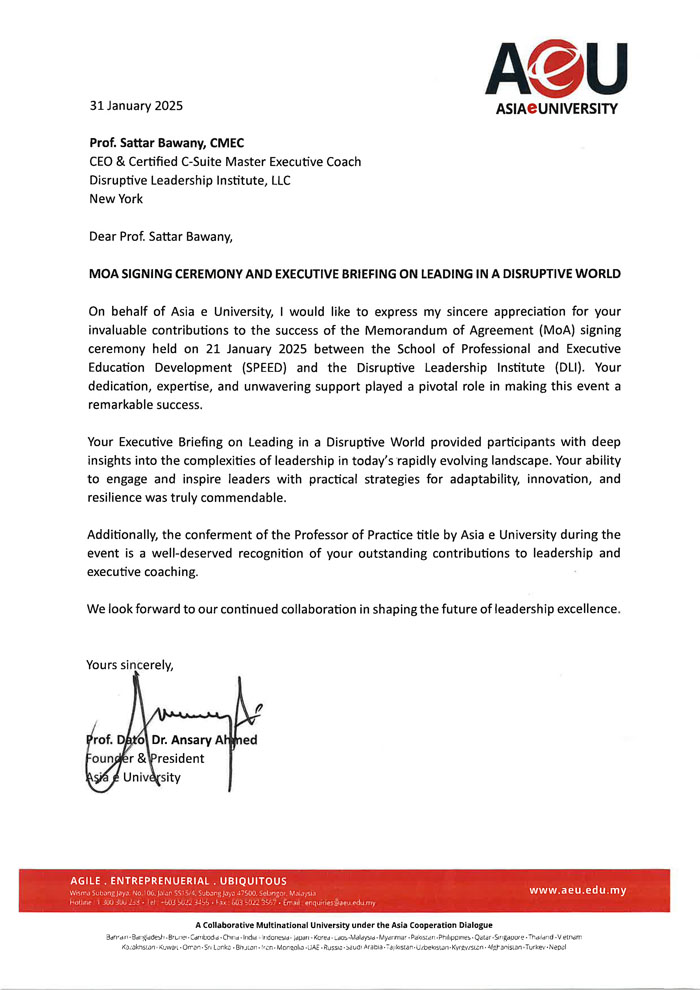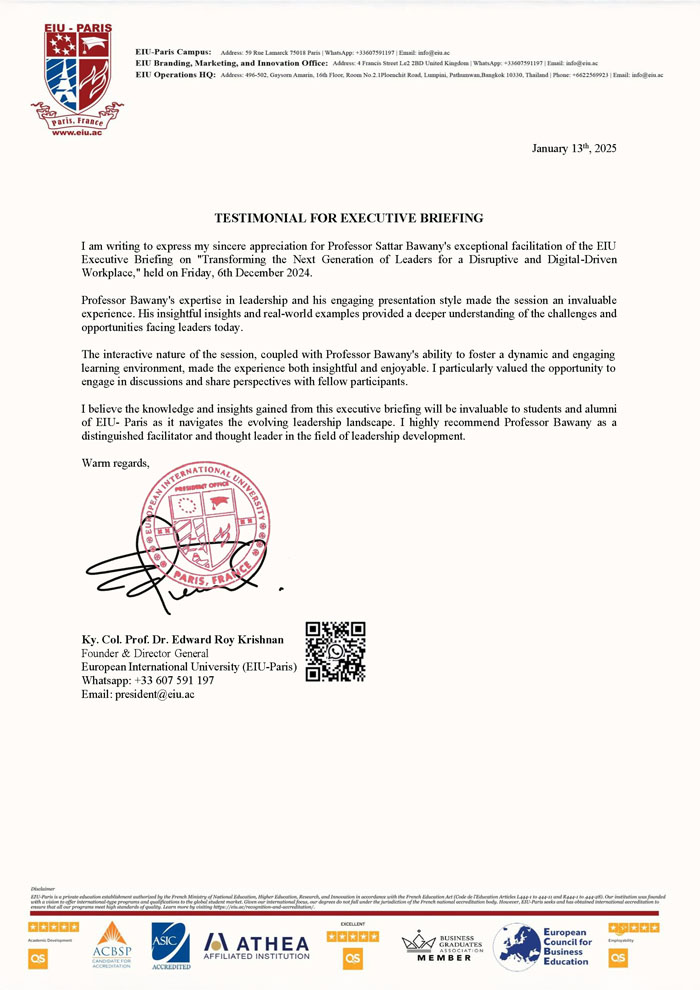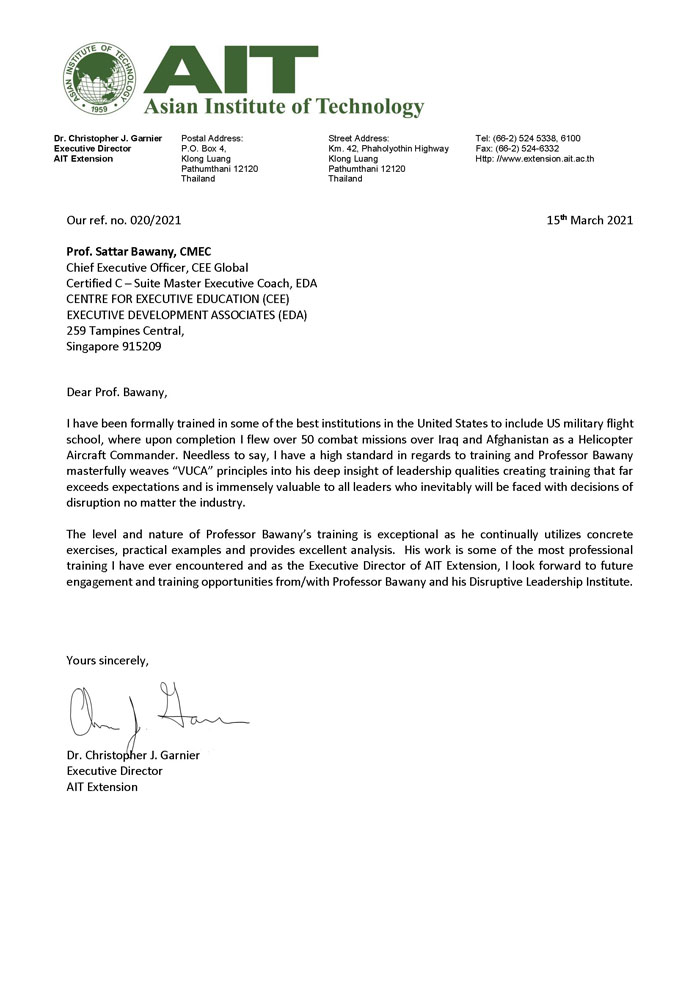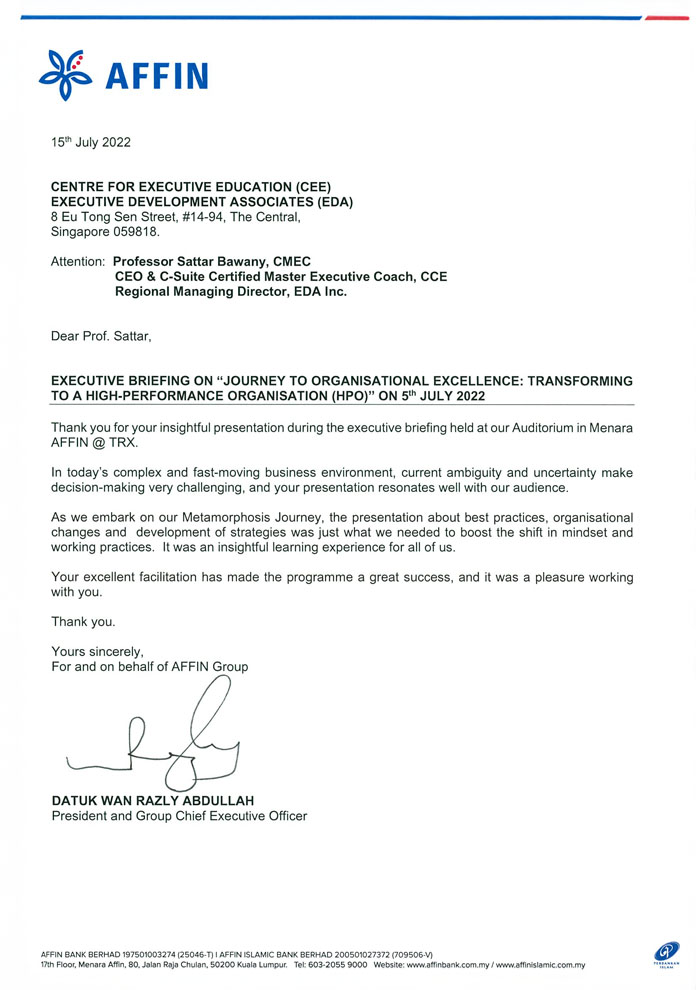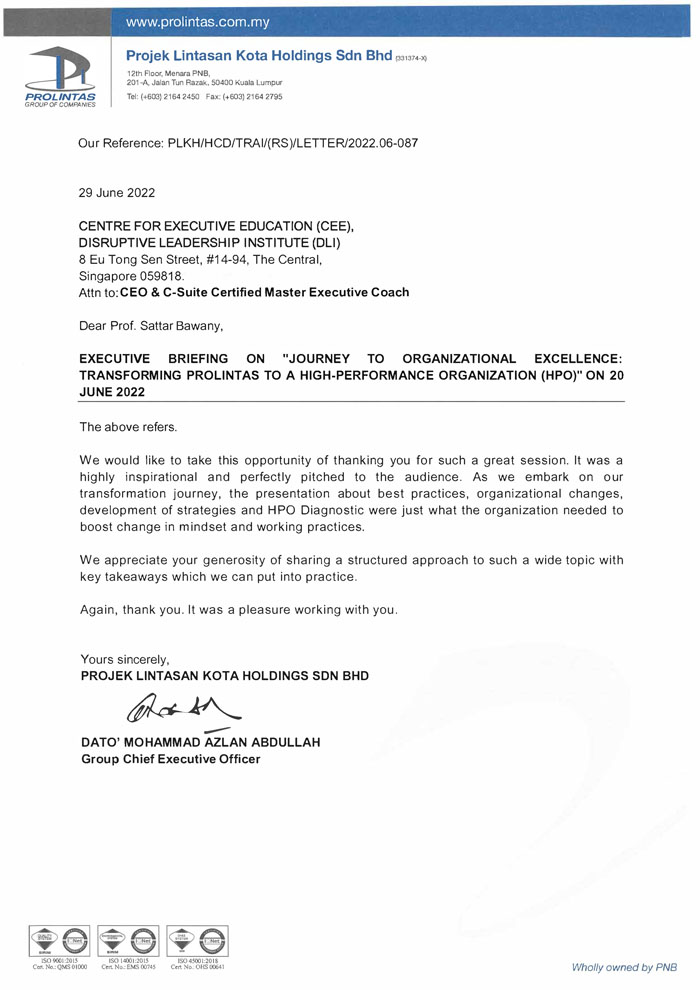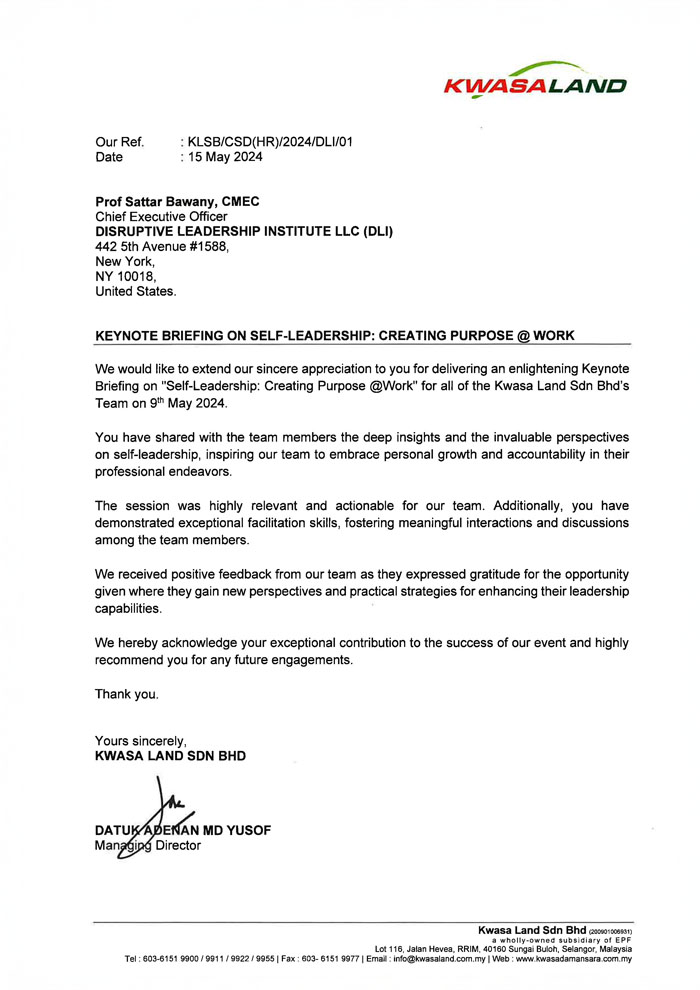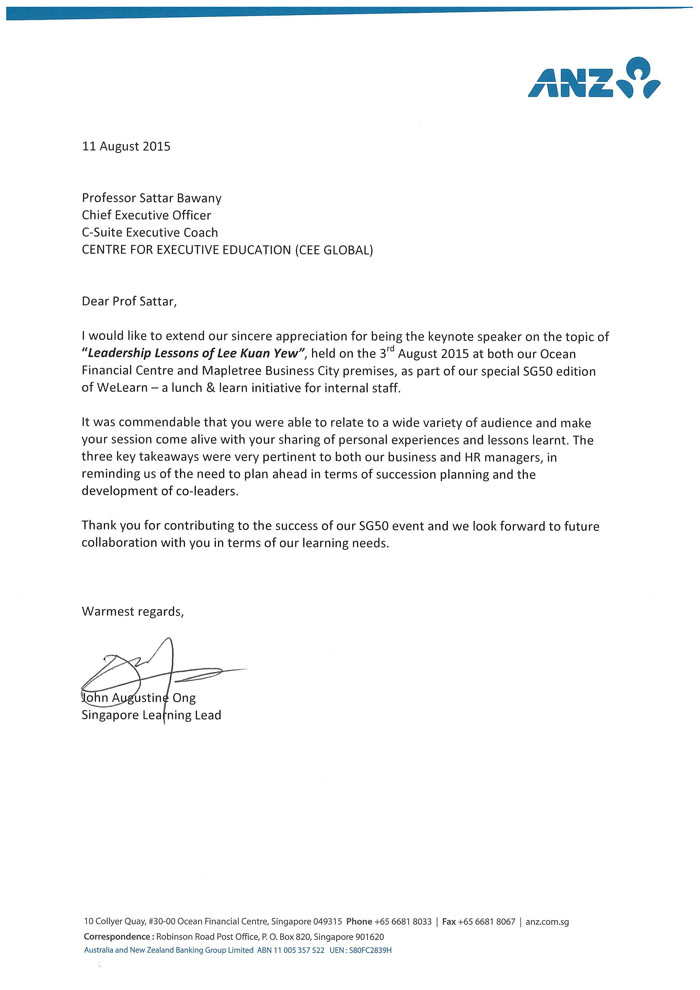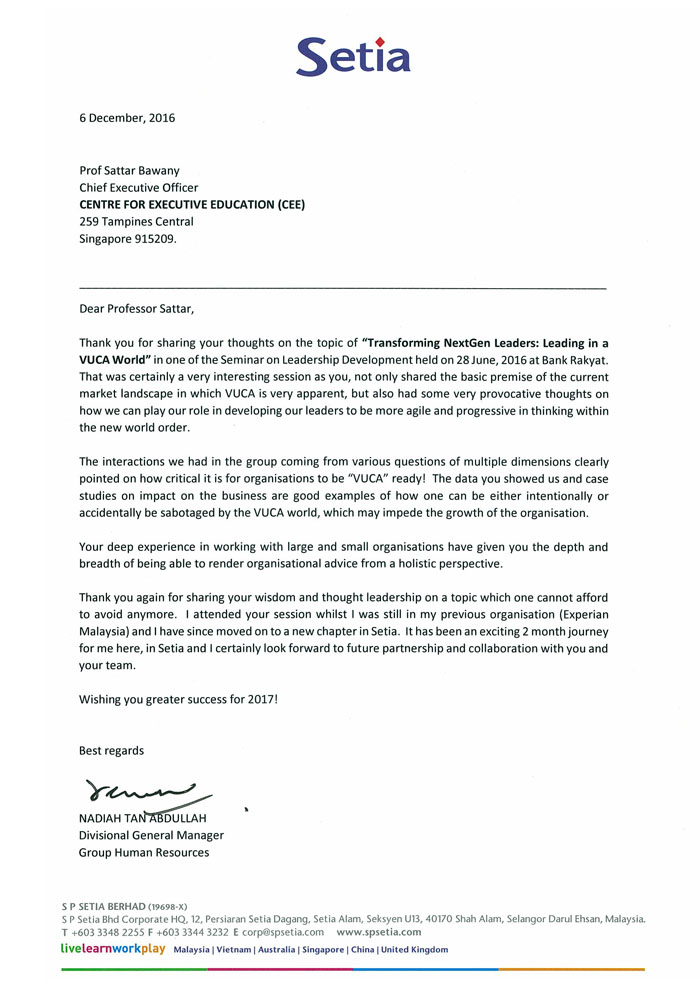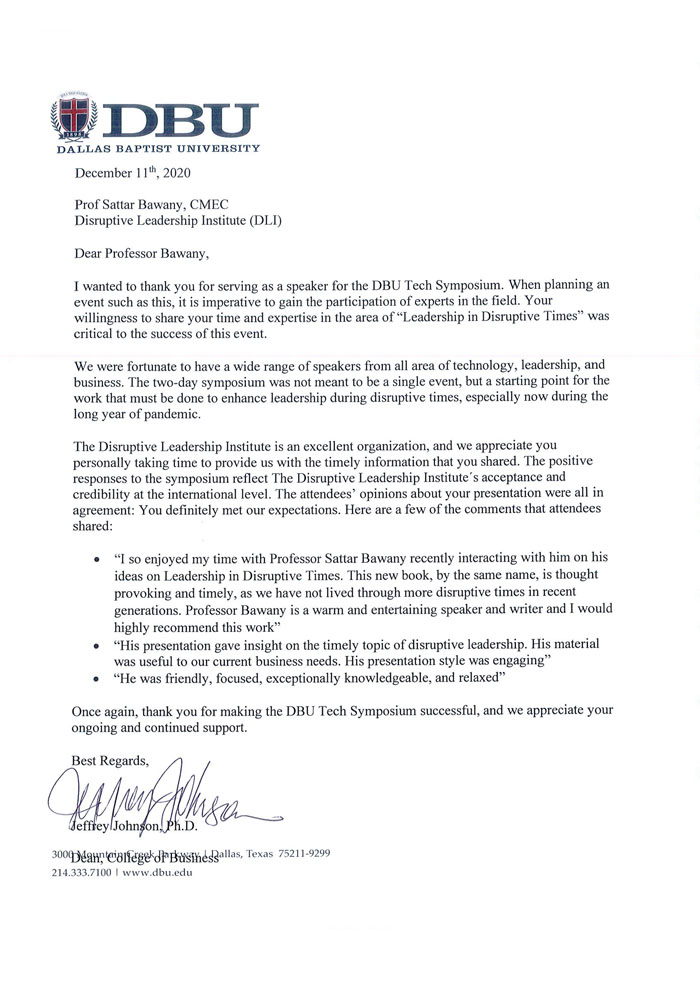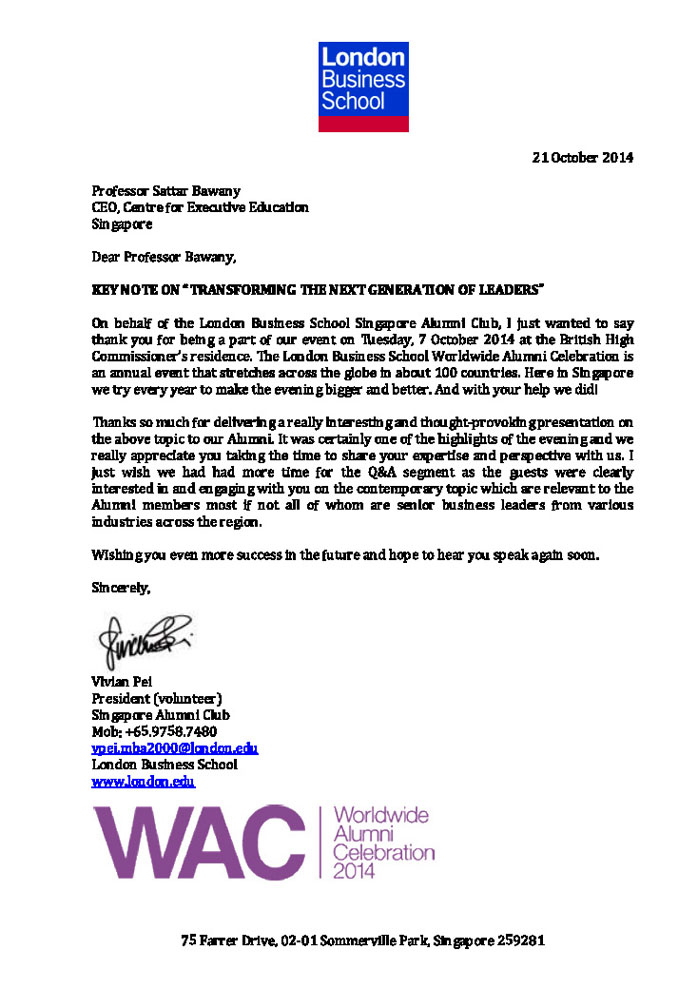In recent years, the world has witnessed a plethora of fundamental crises and challenges, including, but not limited to, the COVID-19 pandemic, transformative megatrends including disruptive technological innovations such as gen AI, Russia’s war of aggression against Ukraine, which has undermined core principles of international law, and the genocidal campaign by Israel in Gaza; climate change impacts leading to extreme weather events, and a growing economic strain due to rising inflation and interest rates; all of which are contributing to significant humanitarian needs worldwide.
These crises and challenges can be characterized as both “permacrisis” (a prolonged state of crisis) and “polycrisis” (a confluence of multiple interconnected crises) which are all taking place within the context of global instability, fragmentation, and polarisation, with war as a means of politics returning and ‘my country first’ becoming a strong political feature in many parts of the world, despite the need to tackle the common global challenges we face (Bawany 2025).
“Permacrisis” is a term that perfectly embodies the dizzying sense of lurching from one unprecedented event to another as we wonder bleakly what new horrors might be around the corner. When present and future risks interact with each other, the result is the formation of a “Polycrisis” which can be viewed as a cluster of related global risks with compounding effects such that the overall impact exceeds the sum of each part.
In the face of these unprecedented challenges, effective leadership plays a critical role in navigating complex and challenging environments. These situations demand a nuanced and adaptable approach to leadership that emphasizes resilience, strategic thinking, and collaborative problem-solving, which forms part of the “cognitive readiness” suite of competencies.


